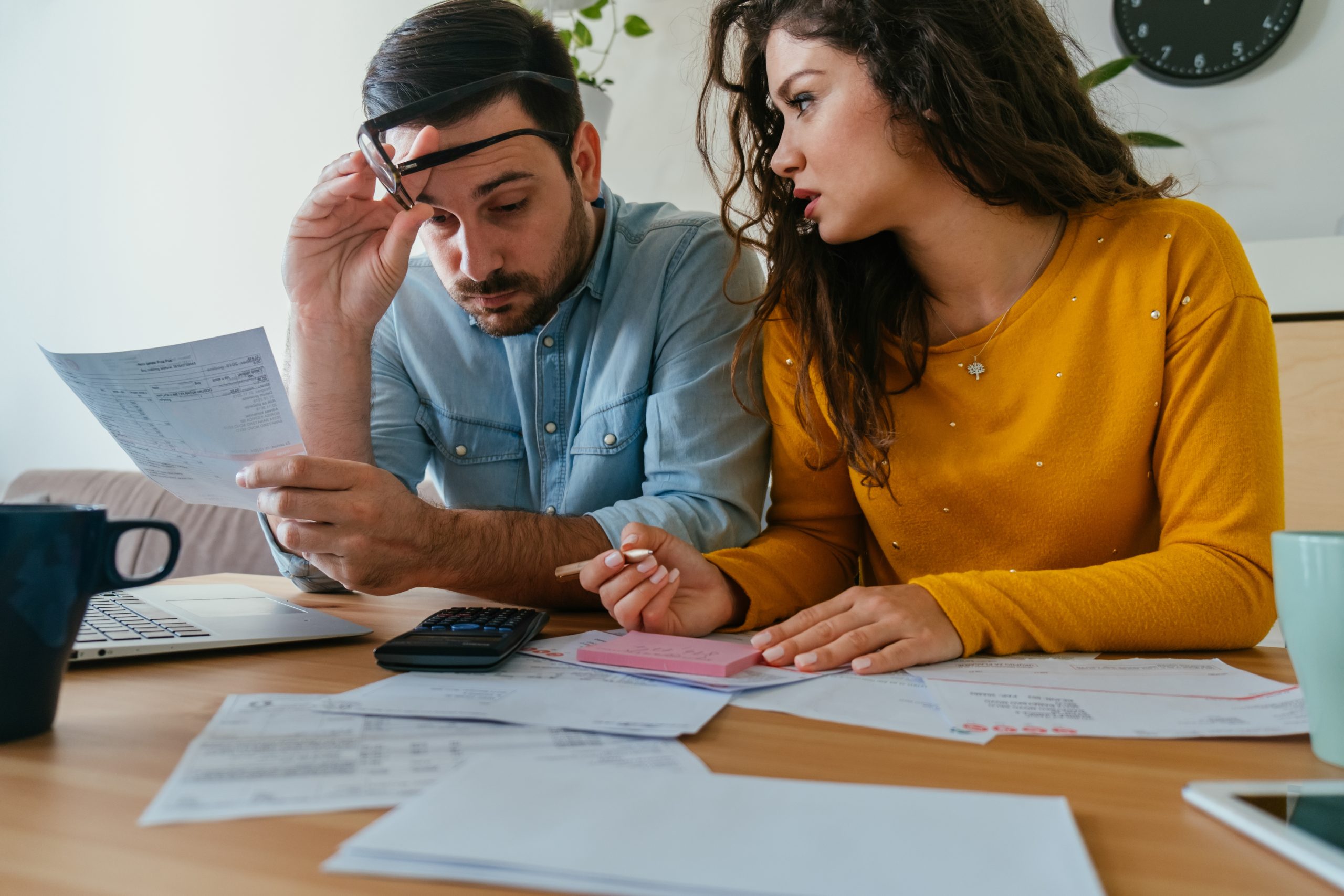The energy crisis and subsequent rising bills are having one small, but significant positive impact; people are becoming more savvy when it comes to really understanding where their money is going, when it’s time to pay the gas and electricity bill.
We’ve all seen terms like “in credit” and “standing charge” on our energy bills; do we know what they really mean? Let’s break down what some of the more common terms mean for your finances, and how you can manage your money effectively with your energy supplier.
The LEAP Energy Advice service is here to help you with financial advice just like this, as well as a wealth of money and energy advice unique to your situation at home. Find out more about our service after reading this blog.
When your bill indicates that you are “in credit,” it signifies that you have paid more to your energy supplier than your actual usage requires. This overpayment means the supplier essentially owes you money.
If this happens and “in credit” shows on your bill, you have some options to handle this situation and achieve balance with your energy provider:
- Receive outstanding money owed to you at the end of the financial year
- Spread the outstanding money over subsequent, reduced direct debit payments
There are a number of good practises we recommend to achieve a healthy balance with your energy supplier, so that you are only paying for the energy you consume:
- Ensure that your bills match your actual energy usage by providing regular meter readings to your supplier.
- Order a smart metre from your energy supplier and provide automatic, accurate readings with no need for metre readings or estimates.
- Opt for a fixed direct debit amount, but review and adjust it as needed based on your changing energy usage patterns.
- Stay mindful of when your supplier may take payments, especially if their billing schedule differs from fluctuations in your energy usage.
Here are some key terms often found on energy bills and how to interpret and utilise this information effectively:
Your customer number or account number
Keep this handy as any enquiries with you energy supplier will start with making reference to this number.
Bill period
Make note of these details to identify yourself and understand the billing timeframe.
Account balance/total charges
Monitor your total costs, payments, and balance to ensure accurate billing and financial planning:
- Direct debit prices may change with the seasons or the amount of energy used.
- Standard, quarterly payments are usually equal throughout the year.
Gas/Electricity units used
A measurement of the amount of units of energy used, usually at a rate of kilowatt hours (kWh.)
Tariff details
This should include the name of your tariff. Familiarise yourself with fixed and flexible tariff options, including rates, fees, and payment methods, to compare options effectively.
Standing charge
This is the charge associated with the fixed cost of supplying your gas or electricity resources to your property. Activity like maintaining the national grid is run from these costs.
Meter point number (MPRN)
This is the identifying number associated with your property, in relation to the national gas grid. Understand this unique identifier associated with your meter for accurate billing and energy consumption monitoring.
Understanding your energy bills and how it breaks down can empower you to maintain financial balance, ensure accurate bill payments, and enhance your overall energy consumption efficiency.
By familiarising yourself with this terminology and managing your energy budget proactively, you can optimise your spend and put less stress on your household during the energy crisis.
LEAP energy advisors are here to help you. Book a call with LEAP if you want to talk through your energy situation at home in more detail.


